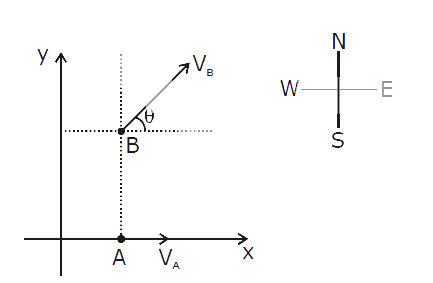A
B
C
D
Text Solution
Verified by Experts
The correct Answer is:
Topper's Solved these Questions
ONE DIMENSION MOTION
MOTION|Exercise Exercise - 3 | Section - A Previous Year Problems | NEET|25 VideosONE DIMENSION MOTION
MOTION|Exercise Exercise - 3 |Section - B Previous Year Problems | JEE MAIN|12 VideosONE DIMENSION MOTION
MOTION|Exercise EXERCSE -2 (Section - E : River Boat Problems)|3 VideosNLM & FRICTION
MOTION|Exercise EXERCISE-4 ( LEVEL-II)|15 VideosOPTICS
MOTION|Exercise Exercise|45 Videos
Similar Questions
Explore conceptually related problems
